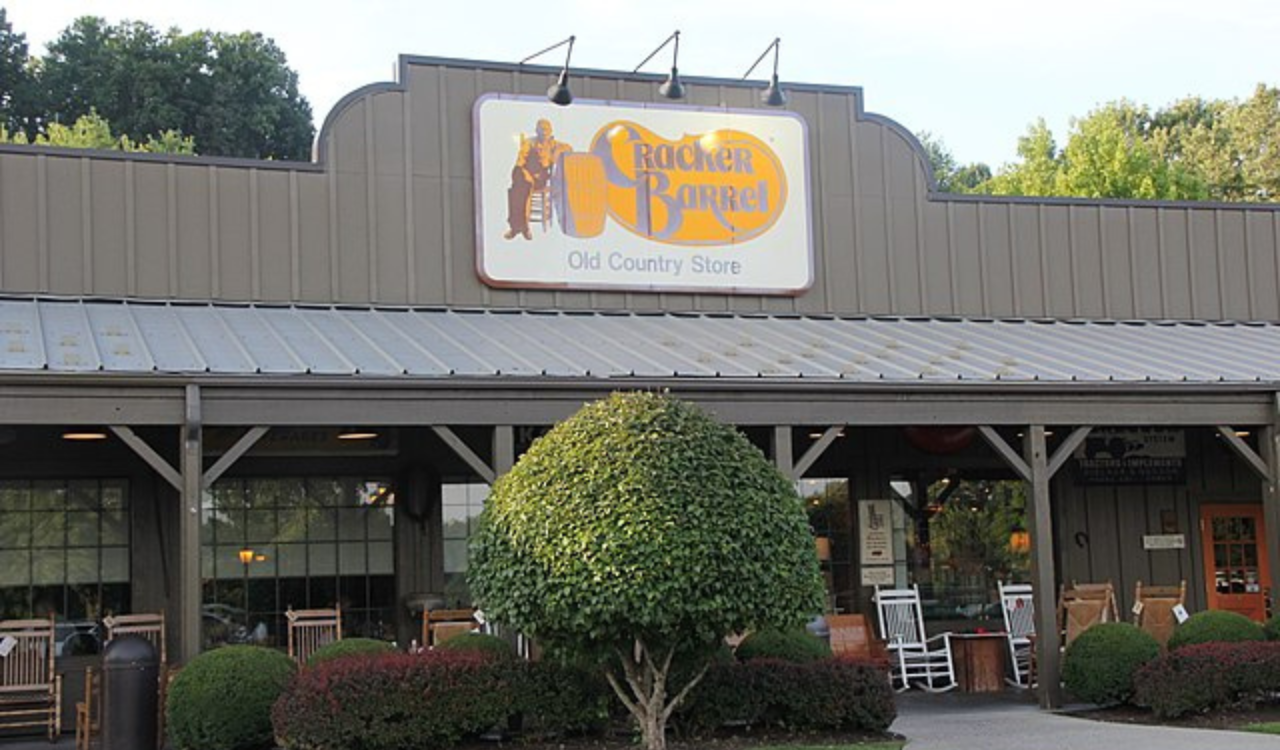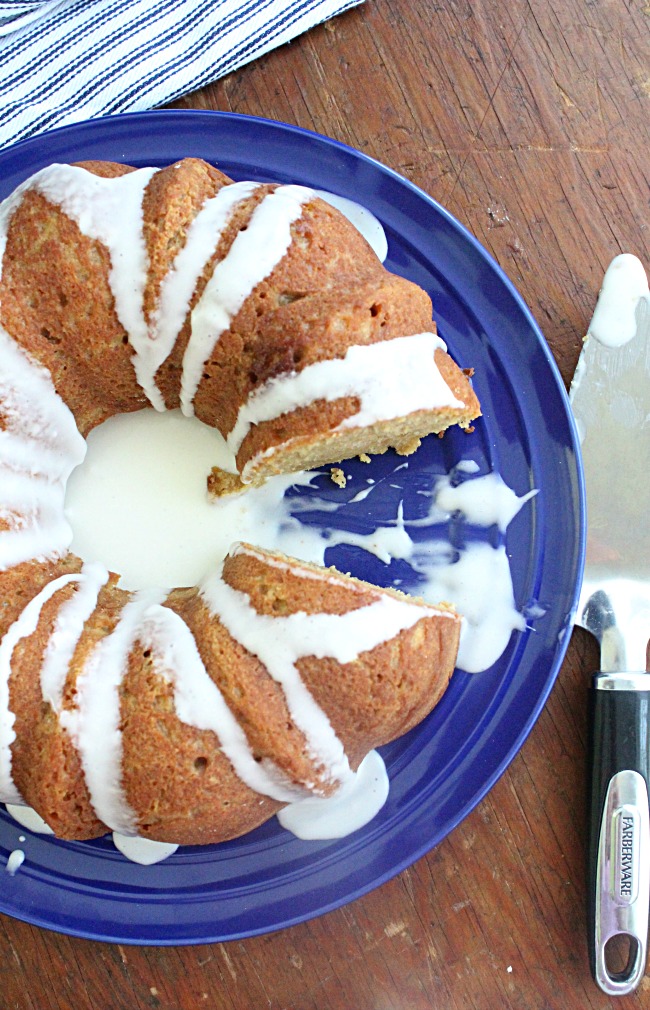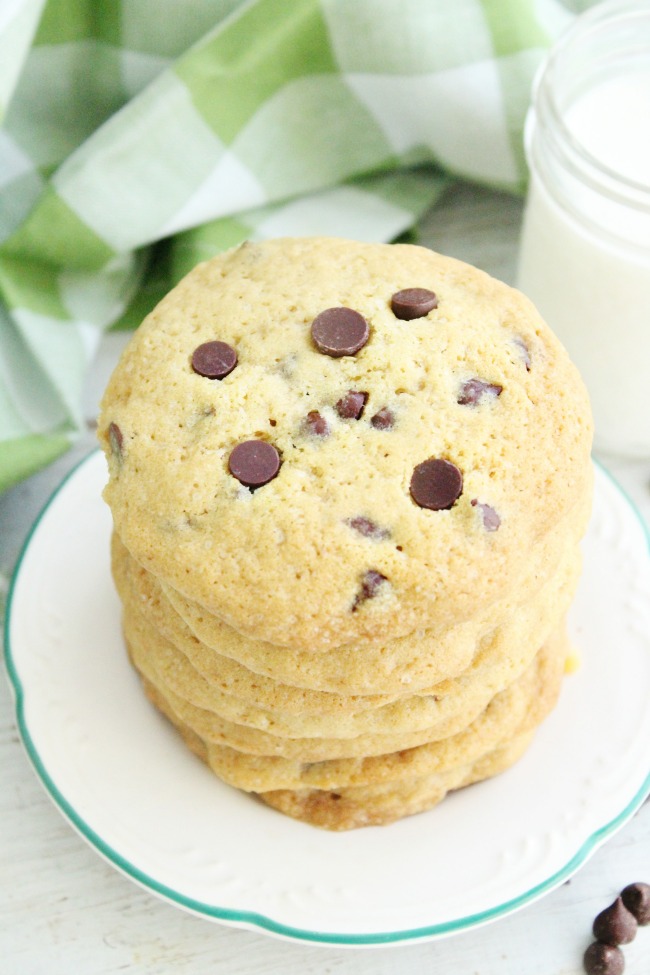9 Tips To Pick The Best Rotisserie Chicken Every Time
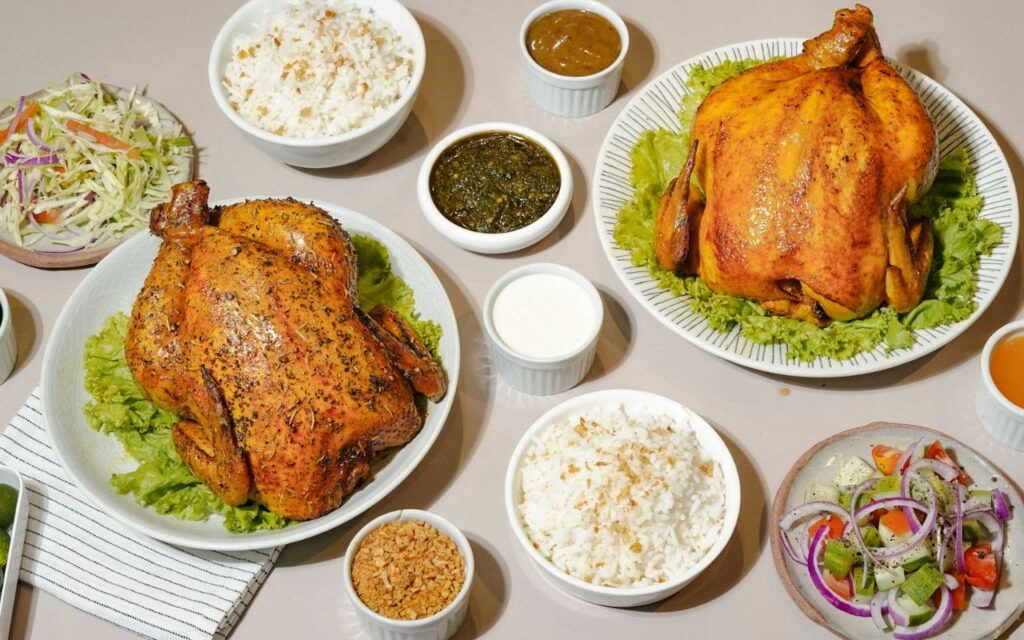
The tempting aroma of rotisserie chicken drifting from the deli counter is hard to resist—but not every chicken delivers that same delicious satisfaction. Some birds come out perfectly golden, juicy, and seasoned to perfection, while others can be dry, bland, or simply overcooked. The key to bringing home a great one lies in knowing what to look for. By paying attention to small details—like the color of the skin, the aroma, and even the juices—you can easily spot a bird that’s fresh, flavorful, and moist. With these nine simple tips, you’ll be able to judge quality at a glance and always choose a rotisserie chicken that’s worth savoring from the very first bite.
1. Check the Timestamp or Roast Time
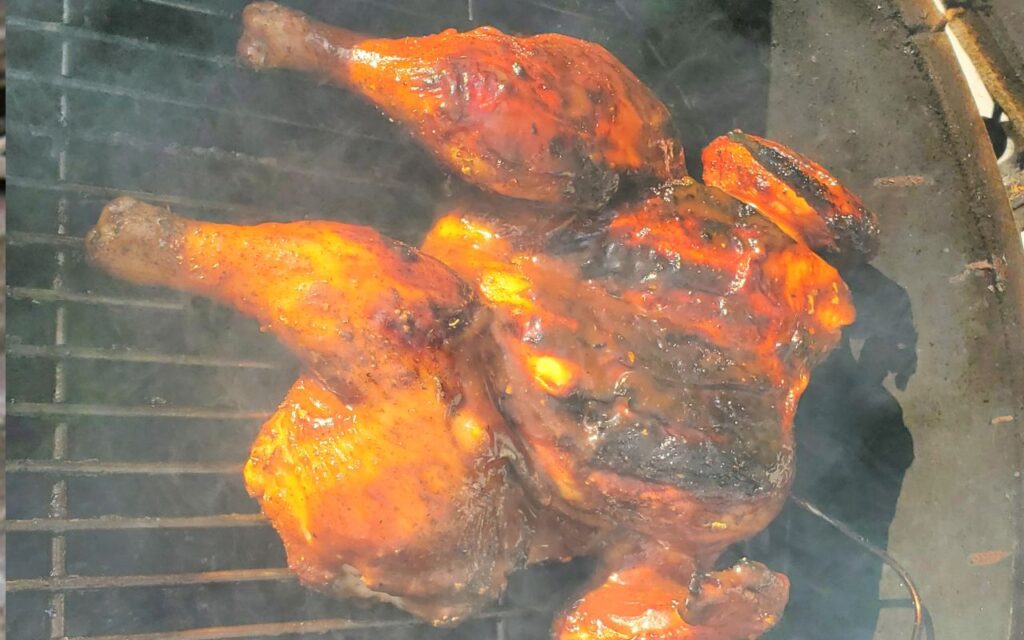
The easiest way to judge freshness is by checking the roast or packaging time. Many supermarkets print this information right on the label, and it can make all the difference in quality. A bird cooked within the past couple of hours will retain its juiciness, rich flavor, and tender texture. Chickens left under heat lamps for too long start to lose moisture, leaving rubbery skin and dry meat. Whenever possible, choose the most recently roasted bird to ensure the best taste and eating experience.
2. Inspect Skin Color and Texture

A golden, evenly browned skin is a strong sign of proper roasting. The color should be rich and appetizing without looking burnt or pale. Pale skin can mean undercooking, while shriveled or too-dark patches suggest overexposure to heat. The skin should look crisp yet intact, clinging to the meat instead of peeling off. Proper texture also indicates moisture retention inside. By inspecting the outer appearance, you can often predict how well-cooked and flavorful the chicken will be.
3. Look for Visible Seasoning

Flavor often begins on the surface, so pay close attention to the chicken’s seasoning. Birds that display visible herbs, cracked pepper, paprika, or a golden spice blend are more likely to deliver rich taste in every bite. A plain, pale exterior often signals a reliance on basic brine alone, which can leave the meat bland and unremarkable. Seasonings do more than enhance flavorthey also help lock in moisture beneath the skin. When you spot flecks of herbs or spices baked into a shiny glaze, you’ve likely found a winner.
4. Smell for Aroma
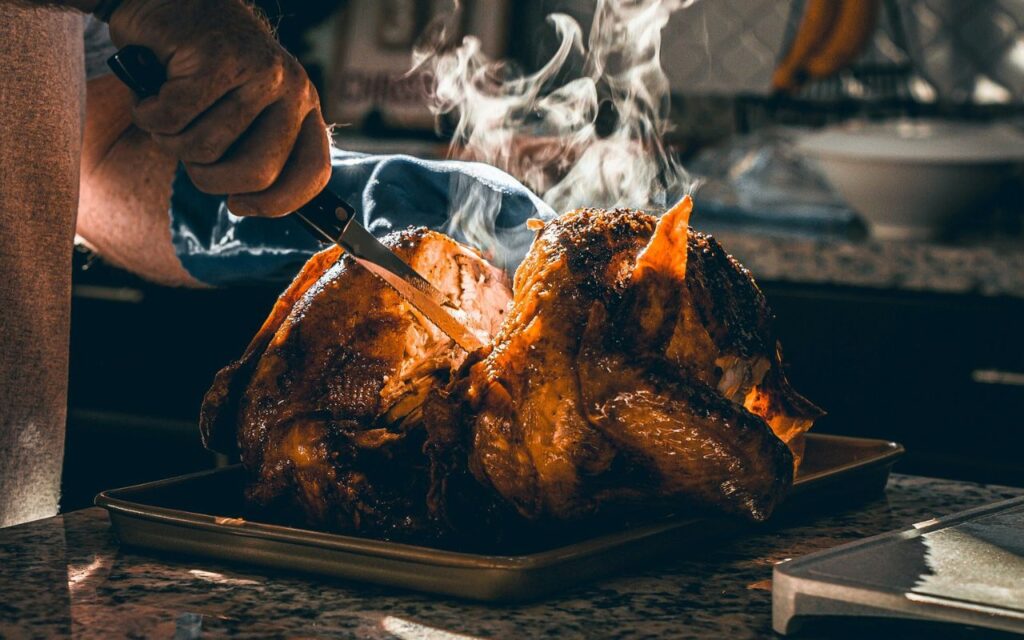
Your nose can reveal freshness faster than your eyes. A freshly roasted chicken should smell savory, warm, and inviting, with hints of roasted meat and seasoning. If the aroma seems sour, metallic, or overly strong, that could indicate improper storage or that the bird has been sitting too long. Trust your instincts—an appealing smell almost always signals good taste and safe quality. Aroma is one of the easiest ways to confirm if the chicken is still worth buying.
5. Weight and Juiciness Feel
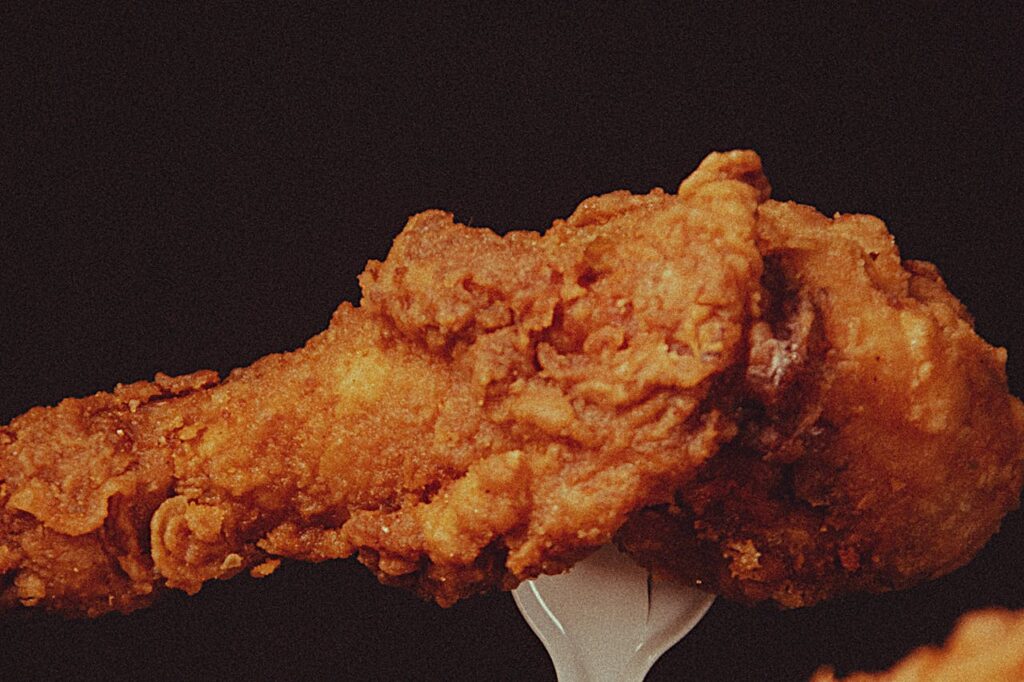
Picking up the chicken gives you a surprising amount of information. A bird that feels heavy for its size usually holds onto its juices, while a very light chicken may have dried out. The meat should feel firm but springy when gently pressed through the packaging. If it feels overly hard or too soft, that’s a warning sign. A weighty chicken typically means more meat, better moisture, and a more satisfying eating experience once you bring it home.
6. Ensure Even Browning
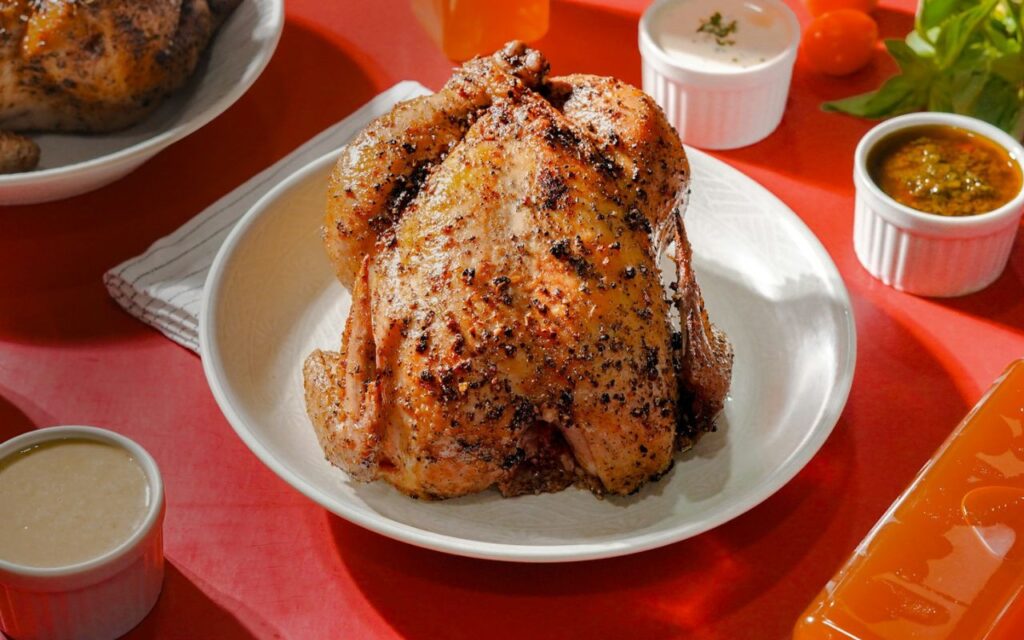
Good rotisserie cooking should produce a chicken that is evenly browned all around. Look for a bird that has uniform color from top to bottom and on both sides. A chicken with one dark, charred side and one pale, undercooked side likely rotated unevenly or roasted improperly. Uneven cooking not only affects flavor but also leaves parts dry or even unsafe to eat. Even browning is a visual clue that the meat inside will be consistently good.
7. Examine Packaging and Seals
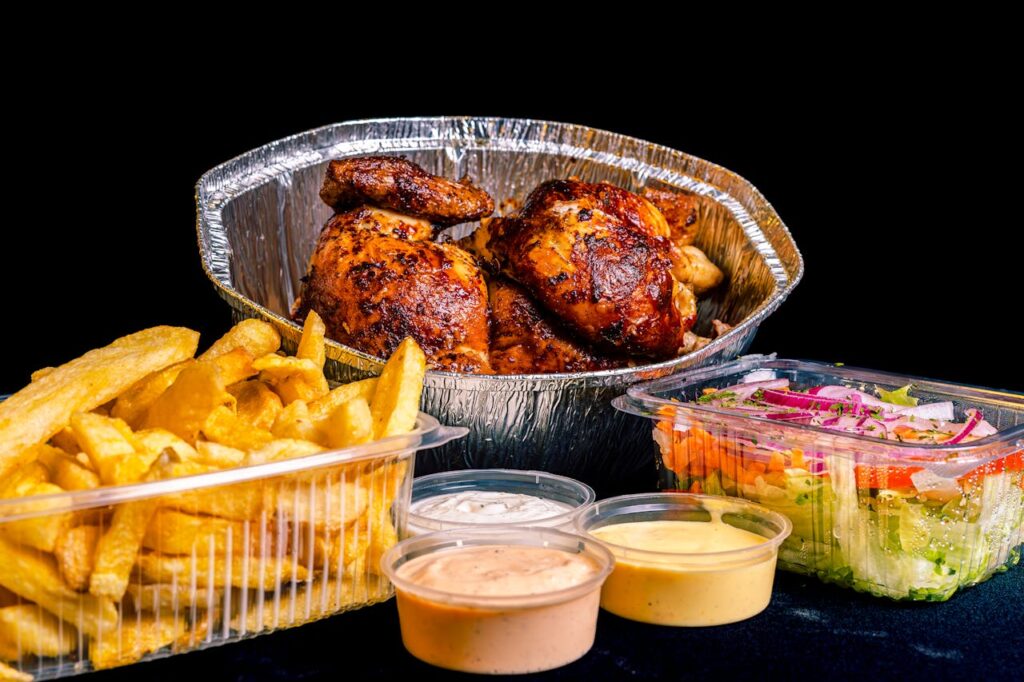
Packaging plays a big role in protecting the freshness of rotisserie chicken. The container should be tightly sealed, free from leaks, and clean of grease smudges. Loose or torn packaging allows air to enter, which speeds up spoilage and causes drying. Labels should also clearly display the roast or packaging time. If the container feels secure and the chicken is still steaming slightly inside, that’s an excellent sign of freshness and proper handling before reaching the shelf.
8. Ask About Cooking Method
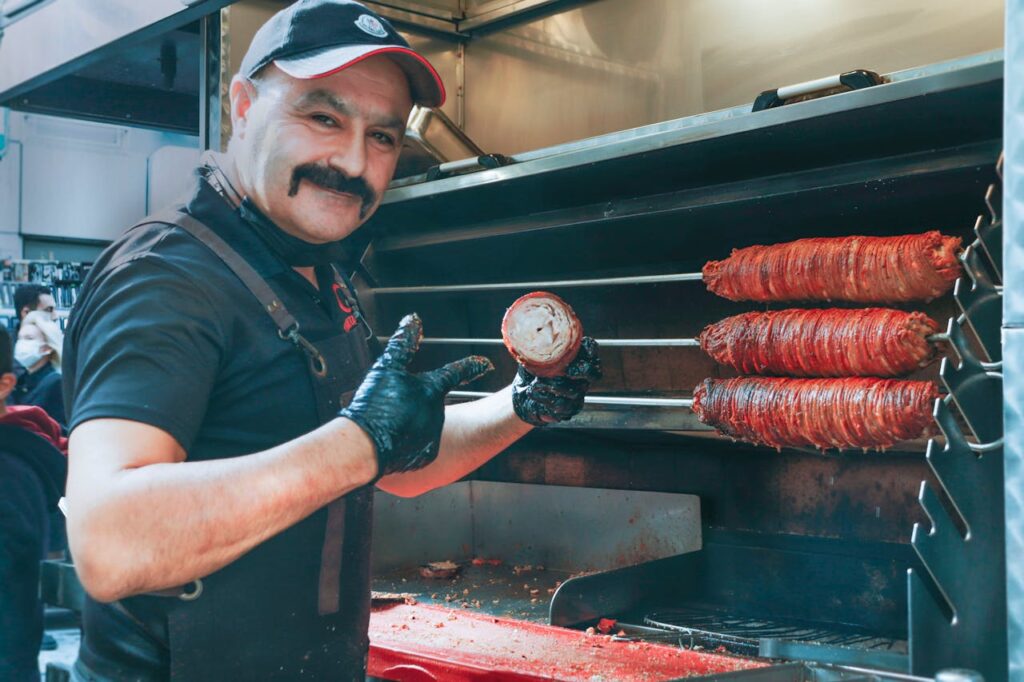
If you are uncertain, ask the store staff whether the chicken was freshly roasted or simply reheated. Many supermarkets roast new batches throughout the day, but others may hold precooked birds under warming lamps for hours. A chicken pulled straight from the rotisserie has superior flavor, moisture, and texture compared to one that has been sitting too long. Taking a moment to ask ensures you bring home a tender, freshly made bird instead of settling for a dried-out or past-its-prime option.
9. Check for Juiciness and Drip Pan
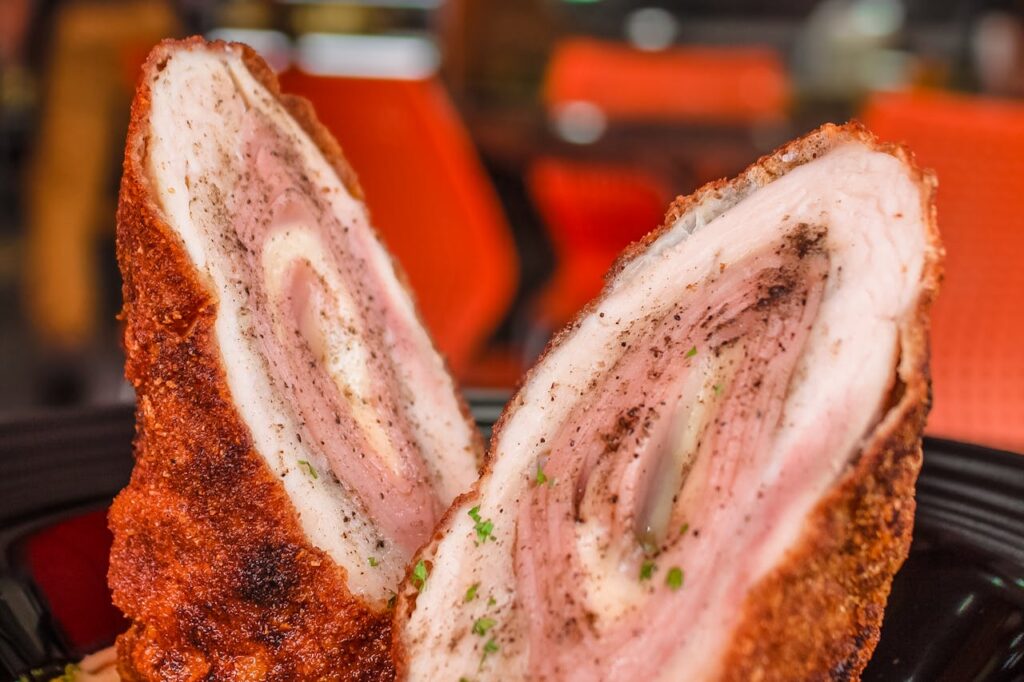
Finally, take a look at the drip pan or the bottom of the chicken’s container. A properly cooked bird will release a moderate amount of juices that pool beneath it, showing that the meat is still moist and tender. If you notice an excessive layer of liquid, the chicken may be overly greasy, while a completely dry pan often signals that it has lost too much moisture. The ideal rotisserie chicken strikes a balance, with glistening meat, crisp skin, and just enough flavorful drippings to promise juicy, satisfying bites.


